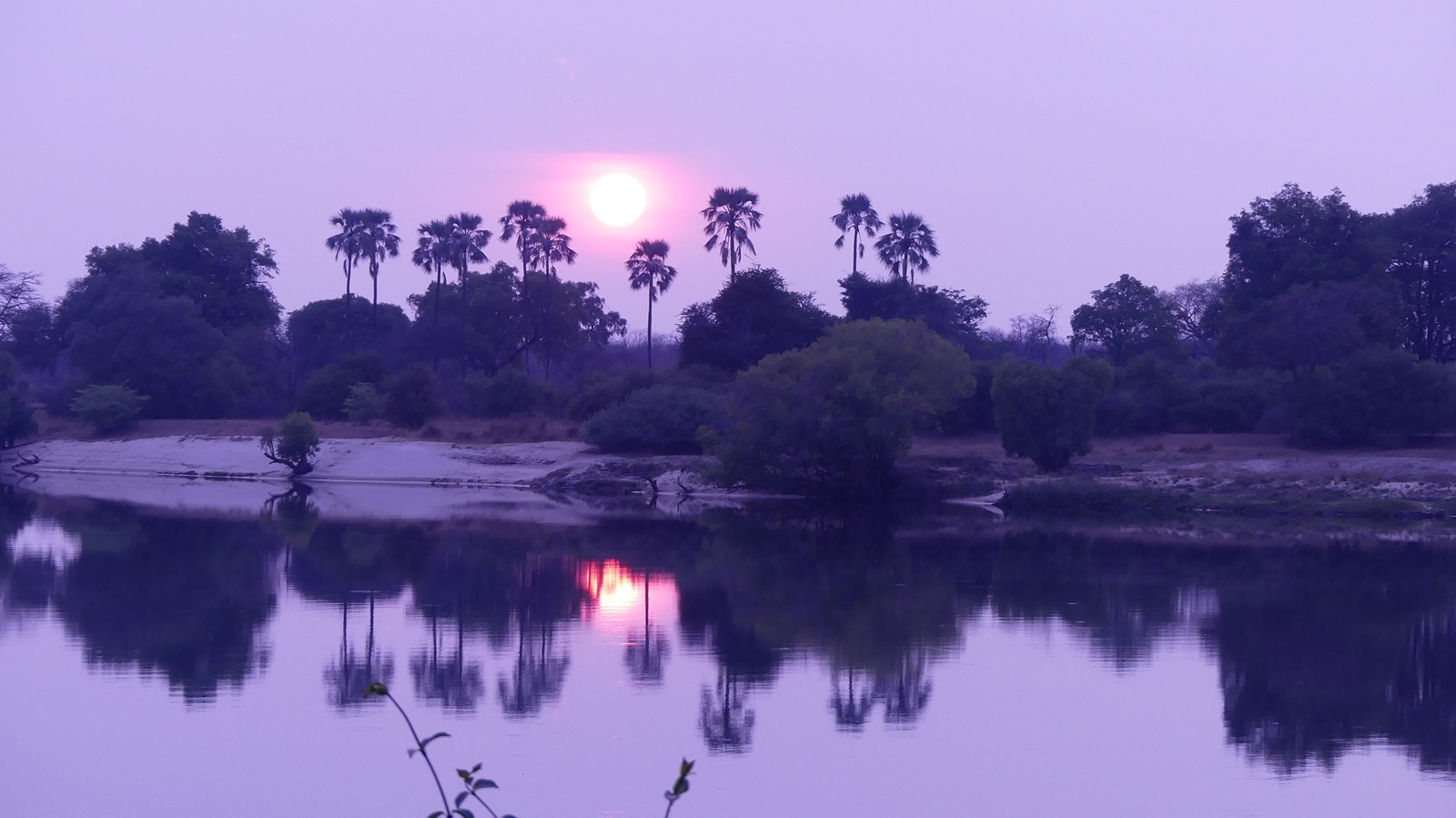Hubers go Africa
Travelling in Sub-Saharan Africa
-
„The inexplicable yearning to return“
Wir sind wieder da. Nein, nicht in Afrika. Aber schon mal im Blog. Im November 2019 haben wir Kenia verlassen. Der Kontinent war in unserem Herzen, aber praktisch nicht erreichbar. Und jetzt planen wir wieder. Sehr kurzfristig. Aber auch sehr konkret: Wir fliegen in einer Woche! Unsere Impfung ist so lange her, dass die Antikörper-Produktion…
-
Servus, Good bye, Kwa Heri
Six weeks of Africa are history. It was the shortest of the four Africa trips in the era of the (supposedly) huge retirement time budget. And because it was not only short, but also started late, we sometimes suffered from the rainy season that had already begun. We thank our loyal readers who followed us,…
-
The Island of Spices
Arabs, Indians, Europeans: The many influences that Zanzibar experienced in its history, are reflected today in the food. Stews, curries, fish in all imaginable variations – refined with the spices that are so numerous on the island. Cardamom is added almost everywhere (even to coffee), and cloves or cinnamon are also popular. We visit one…
-
Stone Town
Zanzibar’s cultural must-see is Stone Town, an UNESCO World Heritage Site. After Zanzibar was first owned by the Portuguese, the archipelago came under the rule of the Sultan of Oman in 1698 and became rich by trading slaves and cloves. Money that helped to build houses from coral stone, a completely new type of construction…
-
Zanzibar
An island that contains all the ingredients for an exotic holiday: A place full of mysterious stories, memories of princesses and adventurers, scents of cloves and frangipani, palm-fringed beaches, turquoise sea to the horizon and the fascinating underwater world of the Indian Ocean. A total contrast and at the same time the ideal complement to…
-
Kilimanjaro
It is not easy to photograph, the highest mountain in Africa. From Tanzania it didn’t show itself at all. From Kenya we succeeded somehow and even got buffalos between Kili and camera. Finally it got really good when we were at the same height. We did not leave Nairobi in a northern direction, but in…
-
Kwa heri, Toyo
With this „goodbye“ in Kisuaheli we leave our faithful travel companion on four wheels with Chris in Nairobi. Toyo was kind enough to get his massive radiator problems right at the beginning of our trip. In many other places this could have been quite dramatic. But then he purred without complaint and once again brought…
-
MFF Project #3 – in Kibera
I experienced poverty in the streets of Mumbai, saw slums in Latin America, we were in Soweto and Katatura. Nothing is enough to prepare for Africa’s largest slum, Kibera. 800,000 to 1.2 million people are supposed to live here on only 2.5 square kilometres . And the railway line from Nairobi to Kisumu runs right…
-
Amboseli National Park
Before we leave our lonely camp in Tsavo, we want to take a quick shower. There is always no hot water here. But today there is no cold water either. The announced elephant was thirsty last night and thundered the water pipe which is now broken. So without a shower into the Amboseli (and on…
-
Tsavo West National Park
After a breakfast in the rain we leave Nairobi on the infamous Mombasa Road heading southwest. It is the coastal access for Burundi, Congo, Rwanda, Uganda and Southern Sudan. Due to the high volume of traffic and the many heavy trucks, there are 3,000 road deaths annually. We need 2.5 hours for the first 40…
